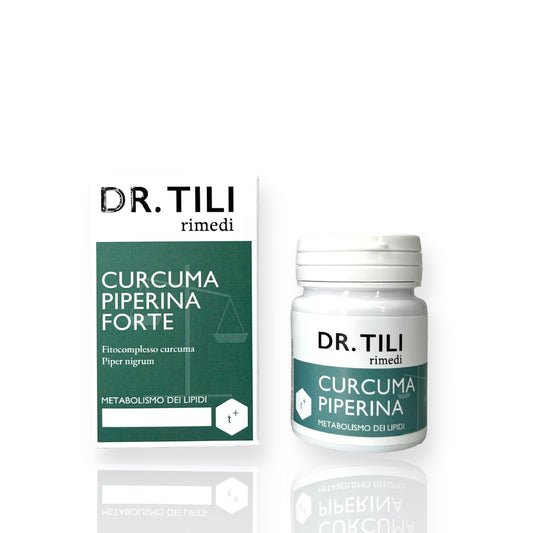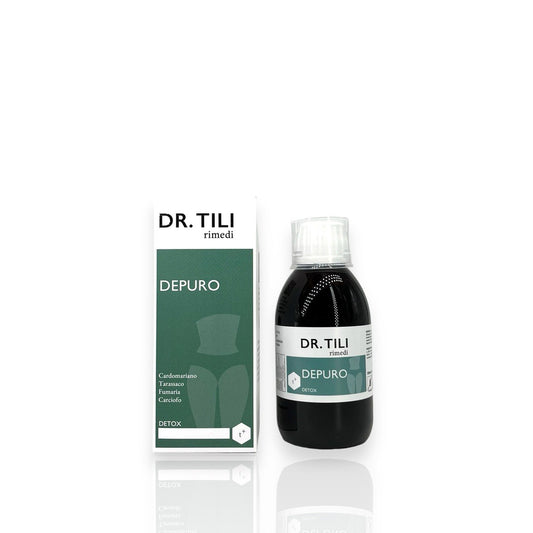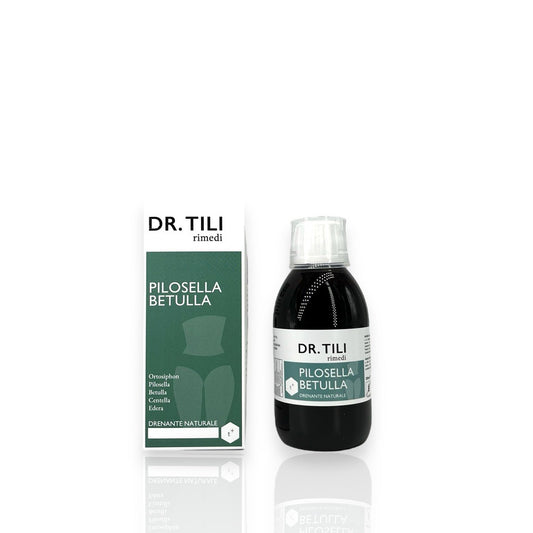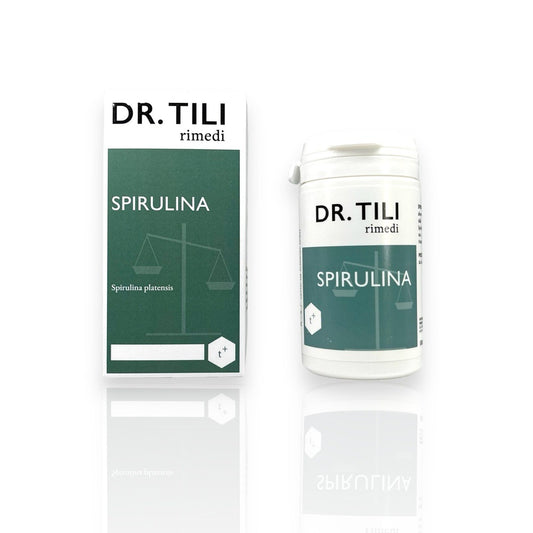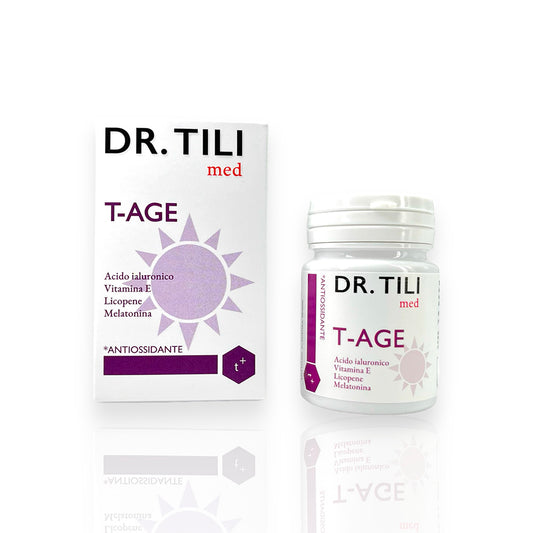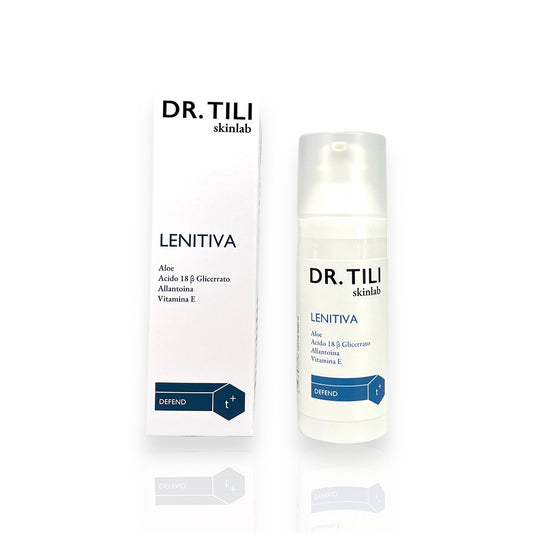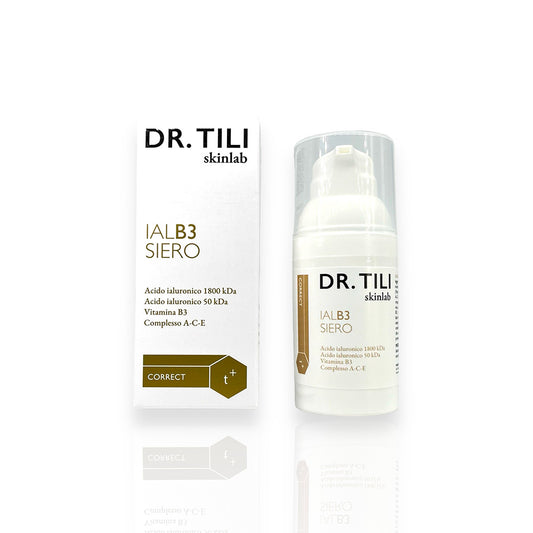ZENTIVA ITALIA Srl
Paracetamol Zentiva 500mg 20 tablets
Paracetamol Zentiva 500mg 20 tablets

Pickup available at Farmacia Tili
Usually ready in 24 hours
PRODUCT NET WEIGHT
PRODUCT NET WEIGHT
EAN
EAN
049925035
MINSAN
MINSAN
049925035
Paracetamol Zentiva 500mg 20 tablets is an analgesic and antipyretic medicine widely used for the symptomatic treatment of mild to moderate pain and for the reduction of fever. Each tablet contains 500 mg of paracetamol , an active ingredient known for its effectiveness in providing rapid and long-lasting relief. This product is indicated for adults, adolescents and children weighing more than 21 kg (aged 6 years and over). Paracetamol Zentiva is formulated to ensure rapid and safe action, thanks to its optimised composition. The tablets are easy to swallow and designed for effective assimilation, making them a practical choice for those seeking immediate relief from flu symptoms and common aches and pains.
ACTIVE INGREDIENTS
Active ingredients contained in Paracetamol Zentiva 500mg 20 tablets - What is the active ingredient of Paracetamol Zentiva 500mg 20 tablets?
Paracetamol Zentiva Srl 500 mg tablets: each tablet contains 500 mg of paracetamol. Paracetamol Zentiva Srl. 1000 mg tablets: each tablet contains 1000 mg of paracetamol. For the full list of excipients, see section 6.1.
EXCIPIENTS
Composition of Paracetamol Zentiva 500mg 20 tablets - What does Paracetamol Zentiva 500mg 20 tablets contain?
Pregelatinized starch, Maize starch, Talc (E 553), Stearic acid (E 570), Povidone (E 1201), Potassium sorbate (E 202).
DIRECTIONS
Therapeutic indications Paracetamol Zentiva 500mg 20 tablets - Why is Paracetamol Zentiva 500mg 20 tablets used? What is it used for?
Short-term symptomatic treatment of mild to moderate pain and/or fever. Paracetamol Zentiva Srl 500 mg is intended for adults, adolescents and children weighing more than 21 kg (aged 6 years and over). Paracetamol Zentiva Srl 1000 mg is intended for adults and adolescents weighing more than 60 kg (aged 15 years and over).
CONTRAINDICATIONS SIDE EFFECTS
Contraindications Paracetamol Zentiva 500mg 20 tablets - When should Paracetamol Zentiva 500mg 20 tablets not be used?
- Hypersensitivity to the active substance or to any of the excipients listed in paragraph 6.1. - Severe hepatic insufficiency. - Acute hepatitis.
DOSAGE
Quantity and method of taking Paracetamol Zentiva 500mg 20 tablets - How to take Paracetamol Zentiva 500mg 20 tablets?
Dosage The lowest effective dose should be used for the shortest possible duration. The maximum daily dose should not be exceeded. Paracetamol is dosed according to body weight and age, usually 10 - 15 mg/kg body weight as a single dose, up to a maximum daily dose of 60 mg/kg body weight. For dosage according to body weight and age see tables. Paracetamol Zentiva Srl 500 mg tablets Paracetamol Zentiva Srl 500 mg tablets is not intended for children under 6 years of age with a body weight of less than 21 kg.
| Age | Body weight | Single dose | Maximum daily dose | Dosage range |
| 6 - 8 years | 21 - 24 kg | 250 mg | 1.25 g | at least 4 - 6 hours |
| 9 - 10 years | 25 - 32 kg | 250 mg | 1.5 g | |
| 10 - 12 years | > 33 kg | 500 mg | 2 g | |
| 12 - 15 years | 34 ‒ 60 kg | 500 mg | 3 g | at least 4 - 6 hours |
| > 15 years | 34 ‒ 60 kg | 500 mg | 3 g | at least 4 - 6 hours |
| > 60 kg | 500 - 1000 mg | 3 g* |
* Only after consulting a doctor, the maximum daily dose in patients with body weight > 60 kg can be increased to 4 g of paracetamol. Paracetamol Zentiva Srl 1000 mg tablets Paracetamol Zentiva Srl 1000 mg tablets is not intended for children and adolescents under 15 years of age and weighing less than 60 kg.
| Age | Body weight | Single dose | Maximum daily dose | Dosage range |
| > 15 years | > 60 kg | 1000 mg | 3 g* | at least 4 - 6 hours |
* Only after consulting a doctor, the maximum daily dose in patients with body weight > 60 kg may be increased to 4 g paracetamol. Renal impairment Paracetamol should be used with caution in patients with renal impairment as a reduced dose and/or prolonged dosing interval is required (see section 4.4). The maximum single dose should not exceed 500 mg. - A dosing interval of 6 hours is recommended with a glomerular filtration rate of 50 ± 10 ml/min. - A dosing interval of 8 hours is recommended with a glomerular filtration rate of less than 10 ml/min. Hepatic impairment Paracetamol should be used with caution in patients with mild to moderate hepatic impairment or Gilbert's syndrome as the dose should be reduced or the dosing interval extended (see section 4.4). In these patients, the daily dose should not exceed 60 mg/kg (maximum 2 g/day). The use of this medicinal product is contraindicated in patients with severe hepatic impairment (see section 4.3). Elderly Experience has shown that the normal adult dosage of paracetamol is generally appropriate. However, in frail and immobile elderly subjects or in elderly patients with renal or hepatic impairment, a reduction in the quantity or frequency of administration may be appropriate (see section 4.4). Method of administration For oral use. The tablets should be swallowed with a sufficient amount of liquid.
CONSERVATION
Storage Paracetamol Zentiva 500mg 20 tablets - How to store Paracetamol Zentiva 500mg 20 tablets?
This medicinal product does not require any special storage conditions.
WARNINGS
Warnings Paracetamol Zentiva 500mg 20 tablets - About Paracetamol Zentiva 500mg 20 tablets it is important to know that:
Patients should be advised not to use other paracetamol-containing medicinal products concomitantly. Cases of paracetamol-induced hepatotoxicity, including fatal cases, have been reported in patients taking paracetamol at doses in the therapeutic range. These cases have been reported in patients with one or more risk factors for hepatotoxicity including low body weight (< 50 kg), renal and hepatic insufficiency, chronic alcoholism, concomitant hepatotoxic drugs and acute and chronic malnutrition (low hepatic glutathione reserves). Paracetamol should be used with caution in patients with glucose-6-phosphate dehydrogenase deficiency, haemolytic anaemia, glutathione deficiency, chronic malnutrition, chronic alcoholism, dehydration, the elderly and in patients with mild to moderate hepatic insufficiency and/or renal impairment (see section 4.2). Regular monitoring of liver function tests is recommended in patients with impaired liver function and in those receiving high doses of paracetamol over a long period. The risk of severe hepatotoxic effects increases significantly with increasing dose and duration of treatment. Underlying liver disease increases the risk or liver damage related to paracetamol. The risk of overdose is greater in patients with non-cirrhotic liver damage caused by alcohol. Alcohol intake should be avoided during therapy. Long-term alcohol consumption significantly increases the risk of hepatotoxicity of paracetamol. Measurement of prothrombin time is necessary in concomitant therapy with oral anticoagulants and long-term regular daily intake of paracetamol. The possibility of renal failure cannot be excluded in long-term treatment. Caution is advised if paracetamol is co-administered with flucloxacillin due to the increased risk of high anion gap metabolic acidosis (HAGMA), particularly in patients with severe renal impairment, sepsis, malnutrition and other sources of glutathione deficiency (e.g. chronic alcoholism), as well as in those using maximum daily doses of paracetamol. Careful monitoring, including measurement of urinary 5-oxoproline, is recommended.
INTERACTIONS
Interactions Paracetamol Zentiva 500mg 20 tablets - Which medicines or foods can modify the effect of Paracetamol Zentiva 500mg 20 tablets?
The absorption rate of paracetamol may be increased by metoclopramide or domperidone. However, concomitant use does not need to be avoided. Cholestyramine reduces the absorption of paracetamol. Paracetamol should be administered at least 1 hour before or 4-6 hours after cholestyramine. Long-term co-administration with acetylsalicylic acid or other NSAIDs may cause renal damage. The anticoagulant effect of warfarin or other coumarin products may be increased along with an increased risk of bleeding with long-term regular daily intake of paracetamol. Occasional use has no significant effect. Hepatotoxic substances may increase the potential accumulation and overdose of paracetamol. Paracetamol may influence the pharmacokinetics of chloramphenicol. Therefore, an analysis of chloramphenicol in plasma is recommended in case of combined treatment with chloramphenicol injection. Probenecid reduces the clearance of paracetamol by almost 50%. Therefore, the dose of paracetamol can be halved during concomitant treatment. Microsomal enzyme inducers (e.g. rifampicin, phenobarbital, phenytoin, carbamazepine, St. John's Wort) reduce the bioavailability of paracetamol by increasing glucuronidation and the risk of liver toxicity increases. Such combinations should be avoided. Concomitant use of paracetamol and zidovudine may lead to an increased risk of neutropenia. Concomitant use of paracetamol and isoniazid may lead to an increased risk of hepatotoxicity. Caution should be exercised when paracetamol is used concomitantly with flucloxacillin as the concomitant intake has been associated with high anion gap metabolic acidosis, especially in patients with risk factors (see section 4.4).
SIDE EFFECTS
Like all medicines, Paracetamol Zentiva 500mg 20 tablets can cause side effects - What are the side effects of Paracetamol Zentiva 500mg 20 tablets?
The administration of paracetamol may cause the following undesirable effects (classified into groups according to MedDRA terminology with indication of the incidence frequency as follows: very common (≥1/10); common (from: ≥1/100 to: <1/10); uncommon (from: ≥1/1,000 to: <1/100); rare (from: ≥1/10,000 to <1/1,000); very rare (<1/10,000), not known (frequency cannot be estimated from the available data).
| MedDRA System Organ Classification | Frequency | Side effects |
| Pathologies of the haemolymphopoietic system | Very rare | Thrombocytopenia |
| Immune system disorders | Rare | Skin hypersensitivity reaction including rash and angioedema |
| Very rare | Anaphylaxis | |
| Respiratory, thoracic and mediastinal pathologies | Very rare | Bronchospasm* |
| Hepatobiliary pathologies | Very rare | Abnormal liver function |
| Skin and subcutaneous tissue disorders | Very rare | Cases of severe skin reactions such as toxic epidermal necrolysis (TEN), Stevens-Johnson syndrome (SJS), acute generalized exanthematous pustulosis |
* In patients sensitive to acetylsalicylic acid or other NSAIDs. Reporting of suspected adverse reactions Reporting suspected adverse reactions that occur after authorisation of the medicinal product is important. It allows continued monitoring of the benefit/risk balance of the medicinal product. Healthcare professionals are asked to report any suspected adverse reactions via the national reporting system at https://www.aifa.gov.it/content/segnalazioni-reazioni-avverse.
OVERDOSE
Overdose Paracetamol Zentiva 500mg 20 tablets - What are the risks of Paracetamol Zentiva 500mg 20 tablets in case of overdose?
In case of paracetamol overdose, immediate medical attention is required, even if no symptoms of overdose are present. Symptoms Overdose with even relatively low doses of paracetamol can cause severe liver damage and sometimes acute renal tubular necrosis. Nausea, vomiting, lethargy, anorexia, pallor and sweating may occur within 24 hours or patients may be asymptomatic. Abdominal pain may be the first symptom of liver damage and occurs within 1 ‒ 2 days. Paracetamol overdose can cause necrosis of liver cells which may induce complete and irreversible necrosis, resulting in hepatocellular failure, metabolic acidosis and encephalopathy which may lead to coma and death. Concomitantly, an increase in the levels of hepatic transaminases (AST, ALT), lactate dehydrogenase and bilirubin is observed along with prolonged prothrombin time which may appear 12 to 48 hours after administration. Prolongation of prothrombin time is one of the indicators of impaired liver function and therefore monitoring is recommended. Complications of liver failure include cerebral edema, bleeding, hypoglycemia, hypotension, infections and renal failure. Liver damage is possible in patients who have taken more than the recommended amount of paracetamol. Excessive amounts of the toxic metabolite are thought to bind irreversibly to liver tissue. Some patients may be at increased risk of liver damage due to paracetamol toxicity. Risk factors include: - Patients with liver disease. - Elderly patients. - Young children. - Patients on long-term treatment with carbamazepine, phenobarbital, phenytoin, primidone, rifampicin, St. John's Wort or other drugs that induce liver enzymes. - Patients who regularly consume alcohol in excess of the recommended amounts. - Patients with glutathione depletion, e.g. eating disorders, cystic fibrosis, HIV infection, starvation, cachexia. Acute renal failure may occur without the presence of severe liver failure. Other manifestations of intoxication are myocardial damage, cardiac arrhythmias and pancreatitis. Management Hospitalization is required. Blood sampling should be performed to determine the initial plasma concentration of paracetamol. In case of a single acute overdose, the plasma concentration of paracetamol should be measured 4 hours after ingestion. Induction of vomiting, gastric lavage, especially if paracetamol was ingested less than 4 hours before, then administration of methionine (2.5 g orally) should be prepared, additionally supportive measures are appropriate. Administration of activated charcoal to reduce gastrointestinal absorption is controversial. The specific antidote N-acetylcysteine should be administered as soon as possible, within 8 ± 15 hours of poisoning, but beneficial effects have also been observed with subsequent administration of acetylcysteine. Acetylcysteine should be administered in accordance with national therapeutic guidelines, it is usually administered to adults, adolescents and children IV in 5% glucose solution, the initial dose should be 150 mg/kg body weight over 15 minutes. Additionally, 50 mg/kg in infusion of 5% glucose solution over a period of 4 hours, and then 100 mg/kg up to the 16th resp . 20th hour after the start of therapy. Acetylcysteine can also be administered orally within 10 hours after ingestion of a toxic dose of paracetamol at a dose of 70 ‒ 140 mg/kg 3 times a day. Hemodialysis or hemoperfusion is performed in case of very severe intoxication. Symptomatic treatment should be implemented.
PREGNANCY AND BREASTFEEDING
If you are pregnant or breast-feeding, think you may be pregnant or are planning to have a baby, ask your doctor for advice before taking Paracetamol Zentiva 500mg 20 tablets.
Pregnancy A large amount of data on pregnant women indicate neither malformative nor fetal/neonatal toxicity. Epidemiological studies on neurodevelopment in children exposed to paracetamol in utero show inconclusive results. If clinically needed, paracetamol can be used during pregnancy, however it should be used at the lowest effective dose for the shortest possible duration and as frequently as possible. Breastfeeding Paracetamol passes into breast milk but is unlikely to affect the child at therapeutic doses. It is not necessary to stop breastfeeding during short-term treatment with the recommended doses of this medicinal product. Fertility No clinical data are available.
DRIVING AND USE OF MACHINERY
Taking Paracetamol Zentiva 500mg 20 tablets before driving or using machines - Does Paracetamol Zentiva 500mg 20 tablets affect driving or using machines?
Paracetamol Zentiva Srl does not alter the ability to drive vehicles or use machinery.



